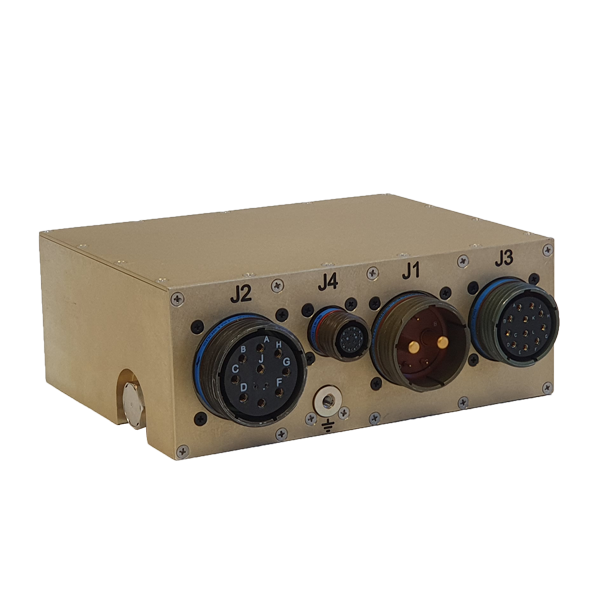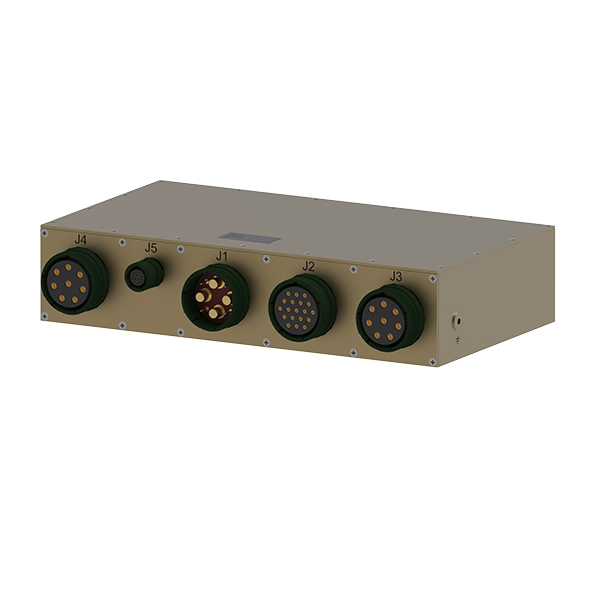Unveiling the Resilient Design and Essential Features of Power Distribution Units for Uncompromising Military Applications
Power Distribution Units (PDUs) are configurable power switches used in larger military platforms for airborne, naval, and vehicle applications. Their primary purpose is the protection of platform wiring, as faults occurring in battle or regular operation can cause shorts in wiring harnesses if left unprotected, leading to exorbitant repair efforts. Modern solid-state PDUs have finely adjustable current limits and can eliminate any noxious fumes from smoldering electronic components from an equipment fault. They can also monitor any local power system failures to report these anomalies to the mission commander, who may be a manned or remote unmanned aerial vehicle (UAV) pilot.
Since solid-state PDUs are the more reliable replacements for mechanical circuit breakers, they must also be capable of surviving electrical transients from generators, loads, and lightning attachments that conventional breakers could easily survive.
Military airborne platforms have power systems documented in MIL-STD-704, although some must follow the FAA’s DO-160. These standards cover AC single-phase and three-phase buses as well as 28V- and 270V DC power buses. MIL-STD-704 specifies that normal transients can range from 12V to 50V for “28Vdc” buses and 220V to 320V for “270Vdc” buses. The PDU input range must be at least this wide to allow these transients through without damaging the electronic switches inside the PDU. These normal transients will be passed through to the downstream equipment, which must also be able to survive them. Clamping these transients with varistors is not allowed, as line impedances can be quite low.
Land-based vehicle platforms have power systems that adhere to a different specification called MIL-STD-1275, which covers 28V systems that usually have a battery connected. The normal transients from a MIL-STD-1275 power buss can range from 12V for the initial engagement surge up to 100V for surges that occur when an unclamped generator rectifier is driving a dead or disconnected battery, a scenario often called “load dump.” All equipment on such busses must be tolerant of 100V, as this situation may occur any time a battery suddenly fails during the mission, leaving the system running only on the generator. Clamping of voltage spikes is allowed since the power bus impedance is higher. In addition, sufficient lightning protection must survive at least the induced transients from nearby lightning attachment events. Lightning resistance is very similar in DO-160, Section 22, and MIL-STD-461, Method CS117.
Input capacitance is also essential to a suitable power distribution system. Excessive capacitance like that required for holdup during power interrupt events is not required. Still, a certain amount of capacitance can significantly help maintain the stability of downstream DC/DC regulators. When impedances are higher because of longer DC input cable runs in more prominent platforms, this upstream impedance can be higher than that of a downstream DC/DC regulator, which can cause instability and subsequent failure of EMI scans. Having this input capacitance in the PDU can reduce the effective upstream impedance of the power system, helping to stabilize all DC/DC regulators on that DC bus.
The discussion around power distribution units for military and aerospace applications underscores the critical need for reliability and resilience in these specialized systems. The challenges posed by electrical transients in various scenarios, be they from generators, loads, or lightning strikes, necessitate a level of durability that surpasses conventional breaker capabilities. With their distinct operational environments, military, airborne, maritime, and land-based vehicle platforms require PDUs that can endure and excel under extreme conditions. Input capacitance is crucial in crafting an effective power distribution system. In essence, the intricate interplay of these elements underscores the importance of robust, mission-critical power solutions in the military and aerospace domain, ensuring the seamless flow of power in the most demanding scenarios.





